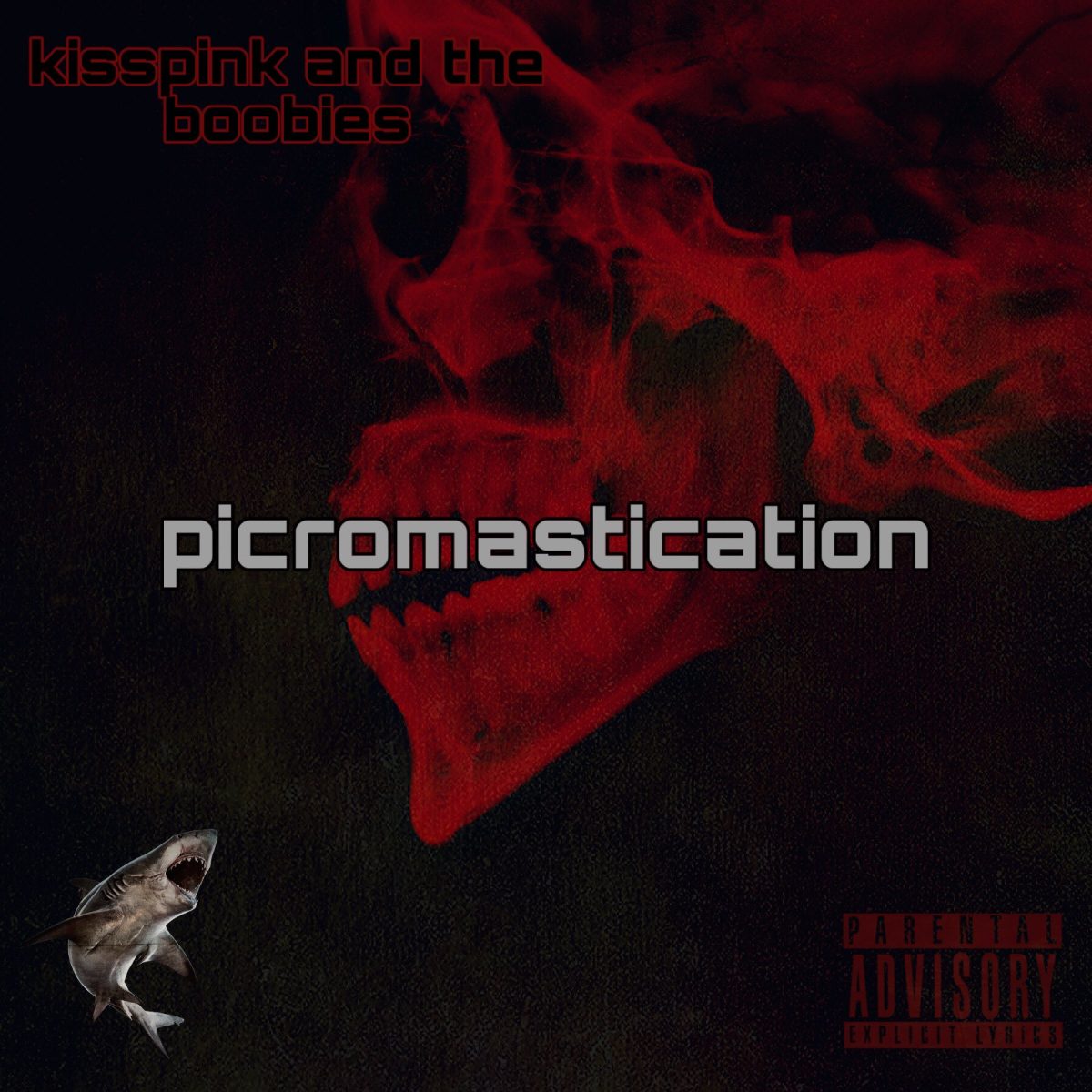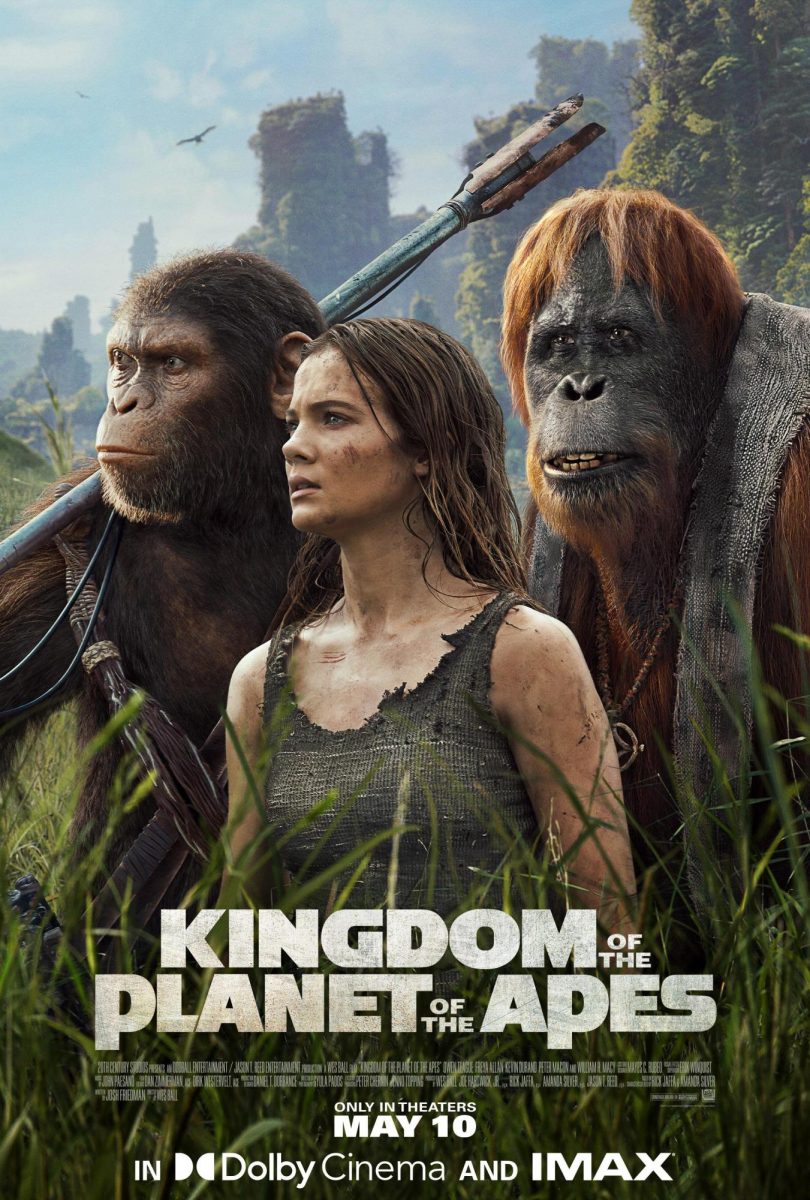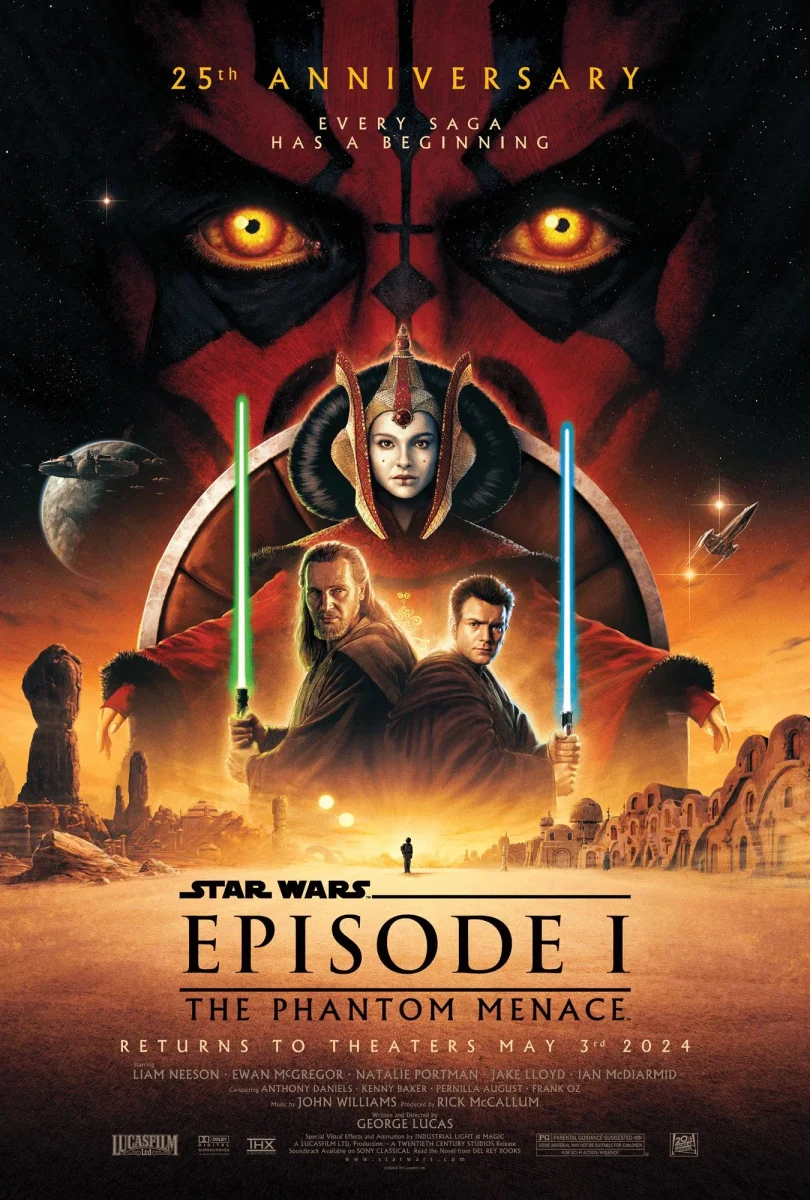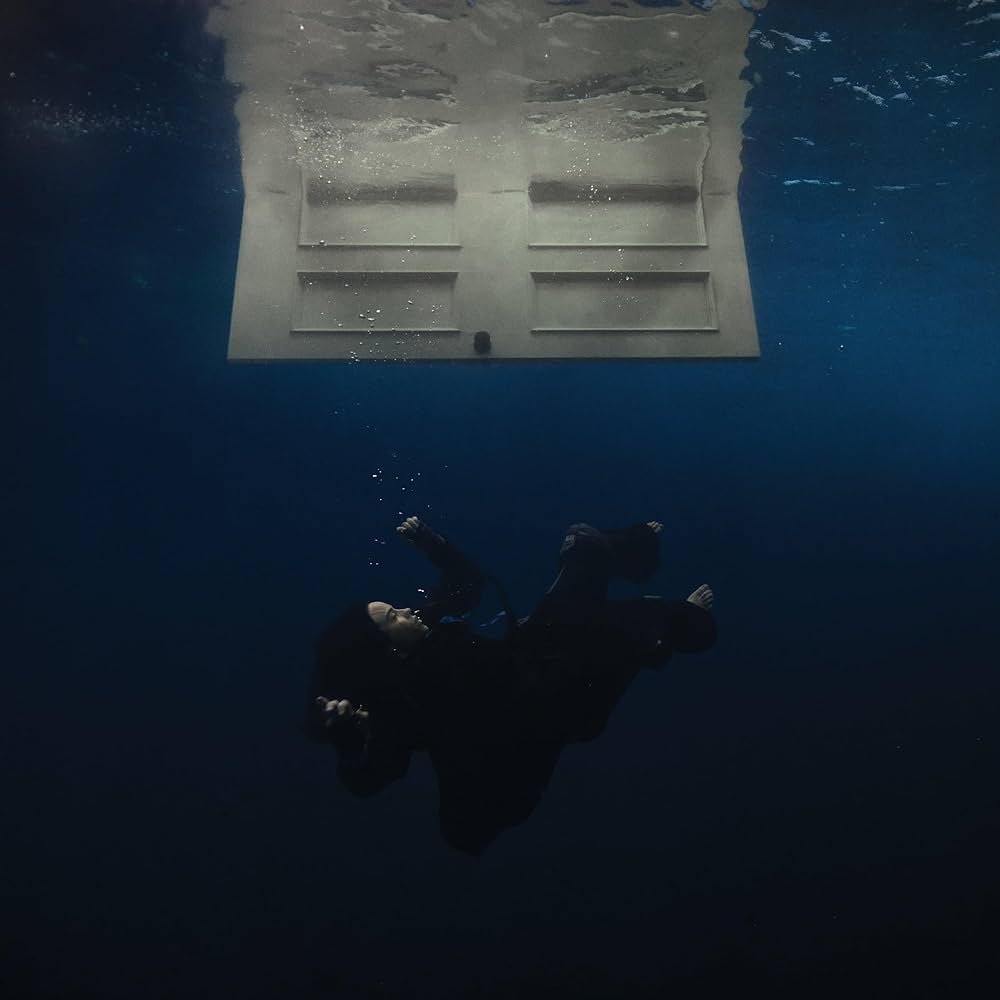Avatar: The Last Airbender is an animated Nickelodeon show first released in 2005 that takes heavy inspiration from East and South Asian religions and cultures. At its peak, almost six million fans tuned in to each episode when it aired until 2008, with tens of millions more having watched it on Netflix since.
The show has gotten very high praise, with a 9.3/10 on IMDB—the highest of any animated series—and 100% on Rotten Tomatoes. ATLA, as it’s known, has become a classic anime series, spawning companion media such as The Legend of Korra spinoff series, a comic series and a 2010 live-action movie adaptation, titled The Last Airbender. Although the movie was a box office success, I don’t think it lived up to the hype.
Both the movie and the show are set in a world where people from different areas are able to bend, or change the form, of the element designated to their land: air, water, earth or fire. The story follows Aang, a young air-bender who wakes up in a world of war after hibernating for over 100 years. He meets Katara and Sokka, members of the southern water tribe, the former of whom is the only water-bender left in the south. Aang discovers he is the Avatar, the bridge between the human and spirit worlds as well as the only living individual with the ability to bend all four elements. He has to travel around the world to learn all four elements in order to stop the Fire Nation, who started their now 100-year-long war with the goal of world domination.
Directed by M. Night Shyamalan—who is known for his horror and thriller movies like The Sixth Sense and Split—the movie condenses the first of the three seasons of the show into 95 minutes. Considering there is over 500 minutes of source material from just that first season, I think he did a good job fitting all the important parts.
The movie borrows most of its content from episodes 1-3, 13 and 18-20. This means the movie focuses on the main action scenes, but that choice hurts the plot progression as it cuts out much of the storyline that develops over the course of the season. This makes it purely an action movie, devoid of many of the rich morals the show incorporates. Because these lessons were focused towards a younger audience, it makes the movie feel more targeted towards teens and even adults, though it’s still only rated PG.
Another thing making the movie feel more grown-up is the maturity of the characters—they seem a bit less like children and more like young adults in the movie, especially because of how serious they act, even though the actors playing Aang and Katara were both in their early teens. Due to the genre and audience shifts, the movie feels more like an attempt to appeal to fans of Shyamalan’s work than fans of the show. It reminds me of what some directors have been doing recently with horror flick adaptations of childrens’ TV franchises, like Winnie the Pooh and Mickey Mouse.
The crime the movie commits that the media has pointed to most is the lack of dedication to accuracy in recreating the show. First off, almost none of the character names are pronounced the same as in the show. On top of that, the cast in the movie was white-washed significantly compared to what the show suggested. All of the northern water tribe members were white in the movie, and so were Katara and Sokka, supposedly because their grandmother was from the northern water tribe originally. But in the show, it seemed everyone was supposed to be Asian. As for the other nations portrayed in the movie, I appreciated how there were different racial groups for each one, to create ethnic distinction—the Earth Nation was cast with North Asian actors, and the Fire Nation with South Asian and Middle Eastern actors. To explain the choice, Paramount Pictures said, “The four nations represented in the film reflect not one community, but the world’s citizens. These societies will be cast from a diversity of all races and cultures. In particular, the Earth Kingdom will be cast with Asian, East Asian and Africans. With this global perspective in mind, we believe we can best honor the true themes, ethos and fantastical nature of the airbender stories and best capture the spirit and scale of the series to appeal to its worldwide fans.” Overall, I think the movie creators tried to make it seem more culturally accurate in certain ways compared to the show, but that meant they failed to do that in other ways like casting. They tried so hard but fans were still disappointed in the movie’s inconsistency with the show.
Another thing fans are surely disappointed in is the plot of the movie; it’s as bland as stale bread. There is no suspense, no comedic relief, and the only romance, between Sokka and the northern water tribe princess Yue, has absolutely no buildup. I think the creators of the movie doomed the production by trying to base it off of a show that includes much more content; you just aren’t able to incorporate enough plot points to make it feel like a complete story.
The acting and writing in the movie is hit or miss. There is some strong acting from Dev Patel, who played Fire Nation Prince Zuko. Sokka was played by Jackson Rathbone, 24 at the time of filming, who was pretty good in representing his brotherly, over-protective personality in the show, but the writers decided to omit most of the fun, dumb side of his personality that he was known for in order to make the film less childish. Katara wasn’t portrayed as being as strong or as much of a leader as she was in the show, and the script-writing and acting for Zuko’s uncle Iroh—played by Shaun Toub—didn’t fit his humble, wisdom-filled personality very well. It felt like the people most influential in the movie’s creation didn’t personally watch much of their source material, if at all.
The battle scenes and use of CGI in the movie are laughably bad. The CGI itself was actually pretty high quality, but because of the way special effects are used while fighting and how the actors interact with the computer-made elements, you can tell it’s all fake. It feels cartoonish—ironic to say as the movie is based on a cartoon. I’m not saying it’s easy to mix a lot of CGI with real actors and line everything up; what I’m saying is that live-action isn’t the best format to depict fighting with fire and water, so the makers were dealt a bad hand from the start by creating the film with CGI.
The movie isn’t completely rotten, though. The sets are beautiful and effectively recreate how the locations looked in the show. Also, I was relieved to see some creative liberties taken instead of directly copying the show, like the filmmakers’ take on Aang’s flashbacks to his days at the air temple as a monk. They brought out the childish part of Aang the rest of the movie didn’t. I also liked their interpretation of Aang entering the spirit world, where the previous Avatar Roku is portrayed as a dragon. This happened two times in the movie: when Aang was visiting the air temple and when he was rescued from the Fire Nation fortress in the middle of the movie. In general, when it came to the material aspects of the movie, the creators did a good job.
The movie ends with a convincing climax, a battle in which the Fire Nation takes on the northern water tribe. A commander for the Fire Nation discovers that the tribe’s water-bending ability can be taken away by killing the tangible form of their moon spirit—which along with the ocean spirit is one of the two entities that influence water-bendering power. Once the Fire Nation infiltrates the city, the commander enters the most sacred space in the water city, where the spirits reside. It seems that all hope is lost for the water benders, but they are able to make a sacrifice so that the moon spirit can be revived. Spoiler alert: The water-benders get their power back and are able to fight off the Fire Nation, and live happily ever after. The end, right? Wrong! The writers decide to leave in a cliffhanger from the end of the first season of the show. Fire Lord Ozai is shown inviting his daughter, Azula, to lead the mission to defeat the Avatar and the rest of the bending world, citing that a future comet’s flyby would bring immense power to all fire-benders.
There are two problems with this being in the movie. One, the comet was hardly mentioned in the first season of ATLA, which of course is the only season the movie is based on. Two, adding this cliffhanger created a need for a sequel movie—which after over a decade they haven’t come out with—based on subsequent seasons of the show. But people who really wanted to know what would happen could just go watch the show, so it really doesn’t make much sense to have that included in the movie. Just ending the movie at the last battle would’ve been sufficient, at least for people not comparing it to the show.
My verdict on the movie is that whether it’s compared to the original show or not, it’s still a mediocre movie. The writers and directors could’ve done so much more to bring the show to life and give fans what they wanted. And considering the movie’s runtime is barely over an hour and a half, they had plenty of wiggle room to expand it and still make it an acceptable length to sit through in theaters.
With that being said, I am looking forward to Netflix’s upcoming live-action remake of the show. I think keeping with the series format will be crucial to helping it succeed and win over fans of the franchise. The new show will be streaming starting Feb. 22 on Netflix. The movie is free to watch on Prime Video if you have an Amazon Prime subscription.






